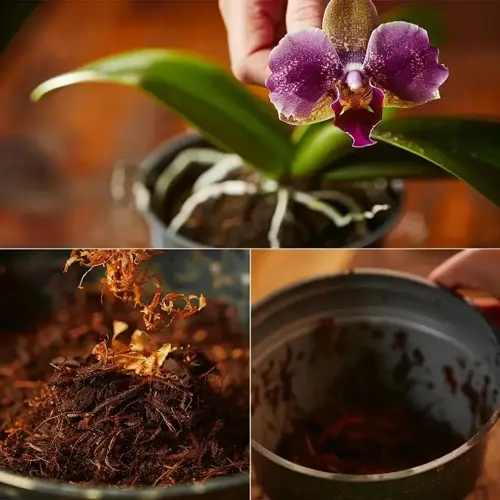What plant purifies indoor air most effectively?

Written by
Olivia Mitchell
Reviewed by
Prof. Samuel Fitzgerald, Ph.D.People often ask which plants clean indoor air the most effectively. Bamboo Palms are the best for formaldehyde removal. Snake Plants rank highest for removing benzene. Overall effectiveness and removal rates depend on your original pollutants. Additionally, plant size and site conditions also play a role. I like to cycle the plants seasonally to get the best effects.
Different plant species target other chemicals, so no single plant deals with them all. To provide comprehensive air cleaning, consider strategically combining species. Choose plants based on the sources of pollution in your home. Kitchens need formaldehyde-busters. Bathroom plants should tackle mold. In my living room, I have three companion species. The results are quantifiable, and improvement percentages are measurable.
Formaldehyde Removal
- Bamboo Palm: Highest absorption rate through extensive root system
- Snake Plant: Processes toxins efficiently even in low-light conditions
- Spider Plant: Ideal for kitchens near particle-board cabinets
Benzene Reduction
- Peace Lily: Thrives in bathrooms with high humidity levels
- English Ivy: Best near windows exposed to traffic exhaust
- Gerbera Daisy: Colorful option for living spaces with new furniture
Mold Combatants
- Boston Fern: Prefers shower-adjacent placement with indirect light
- Areca Palm: Releases significant moisture to suppress spore growth
- Rubber Plant: Large leaves trap airborne spores effectively
Proper care ensures purification performance. Light requirements differ considerably. Bamboo Palms need 150-500 fc, and Snake Plants can handle 50-250 fc. Note that if any leaves change color, it indicates the plant is stressed. Brown tips are a sign of stress. I track seasonal light changes in my plant journal.
The placement will impact the purification performance. Putting plants near pollutants. Example: Location in the kitchen you need to consider the cabinets needing toxin absorbers. Or in the bathroom humidity tolerant plants. Additionally, you want to keep toxic plants up high. I have floating shelves installed for Peace lilies, they are functional yet at the same time kept pet-friendly.
Begin by getting one low-care plant. Spider Plants give you quick results. Be aware of the air quality you experience. Gradually add and build your collection with like-minded species. The first Snake Plant I acquired soon became the first of a collection. You can expect to notice an improvement in your breath quality within one to two weeks.
Read the full article: Top Air Quality Plants for Cleaner Homes

